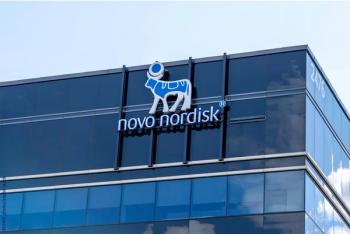
Porphyria Cutanea Tarda in a Middle-Aged Man
A 50-year-old man with a history of diabetes, hypertension, seizure disorder, and alcohol abuse sought treatment for a rash and painful ulcerations of the hand, face, and scalp, which had bothered him for 1 month. The patient also complained of pruritus.
A 50-year-old man with a history of diabetes, hypertension, seizure disorder, and alcohol abuse sought treatment for a rash and painful ulcerations of the hand, face, and scalp, which had bothered him for 1 month. The patient also complained of pruritus.
Physical examination revealed several resolving blisters and crusted lesions on the scalp, cheeks, nose, and dorsal surface of the patient's hands. Heart, lung, abdomen, and nervous system assessment results were normal. Laboratory findings, including complete blood cell count and urinalysis, and ECG and chest films were normal. The diagnosis of porphyria cutanea tarda was confirmed by the elevated level of urinary uroporphyrin excretion (greater than 500 mg/24 h).
Drs Japinder Singh of Lakeland, Fla, and Hesham Taha and Halide Kattan of New York Methodist Hospital in Brooklyn, comment that in porphyria cutanea tarda, circulatory porphyrins are activated by light and result in energy release. This causes the subepithelial blisters to form mostly on sun-exposed areas. Acute abdominal crises and neurologic disorders do not occur in this disease as they do in other porphyrias.
Treatment includes phlebotomy, to decrease iron levels in the blood; abstinence from alcohol; and chloroquine. This patient's condition was improving with low doses of chloroquine, but he was lost to follow-up.
Newsletter
Enhance your clinical practice with the Patient Care newsletter, offering the latest evidence-based guidelines, diagnostic insights, and treatment strategies for primary care physicians.




